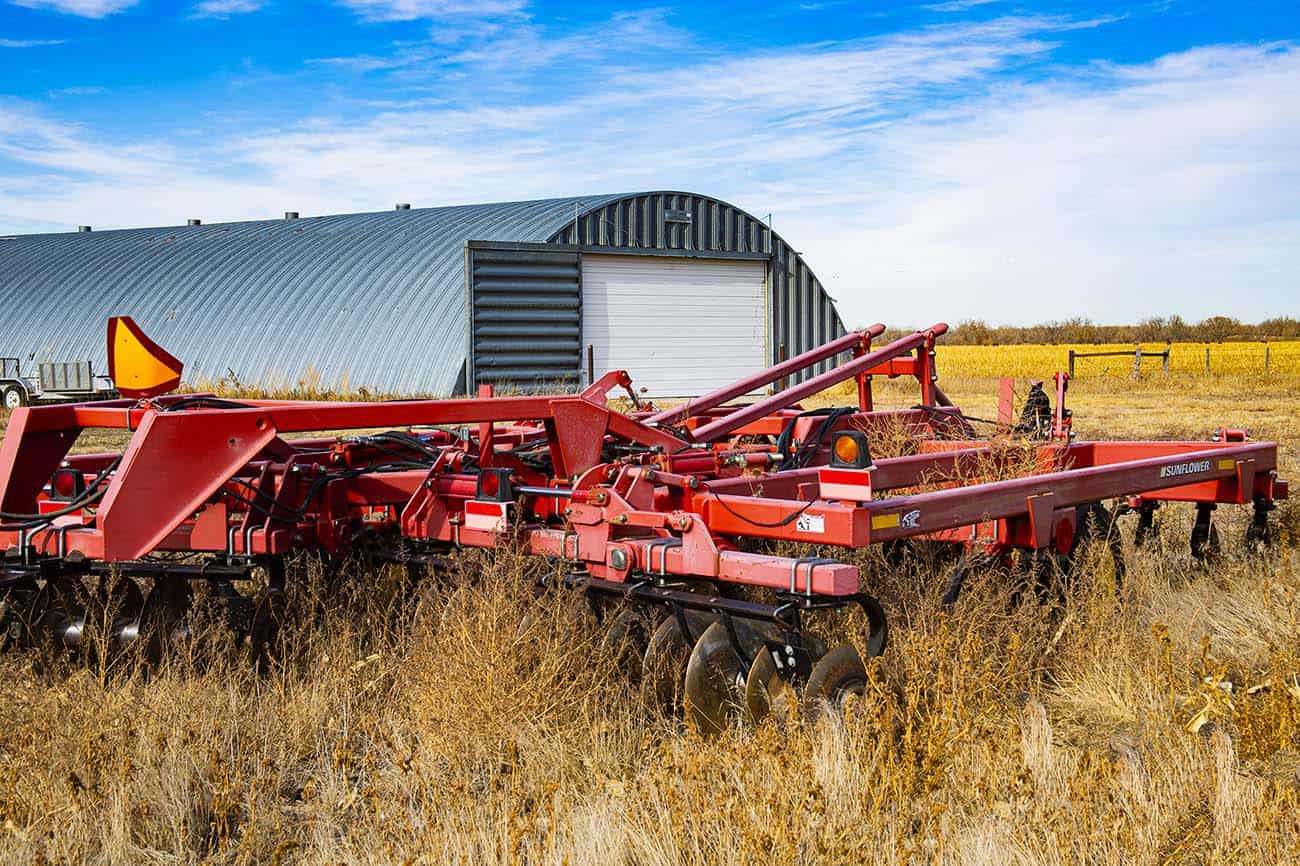Few things are as destructive and traumatic as a fire in your home. They move fast – many fires only take minutes to engulf a home – and are a serious risk to life and property.
Fortunately, there are a lot of ways to minimize fire risk in your home and the danger to your family. The Red Cross and the National Fire Protection Agency recommend doing fire safety checks a couple times a year, but keep in mind that the Winter months are the most dangerous for house fires, so Autumn is an essential time to go through your home.
Start in Your Kitchen
Fire departments in the US respond to an average of about 190,000 cooking fires a year. Stovetop cooking starts the majority of these fires, but deep fryers and grills record the highest average loss per home structure fire of any home equipment, according to a 2020 report on Home Cooking Fires by the National Fire Protection Association (NFPA).
Rule Number One for fire safety in the kitchen: never leave anything you’re cooking unattended. Unsupervised stovetops, ovens, etc. are the leading specific cause of cooking fires year after year, according to FEMA.
Here are a few more tips from RedCross.org on keeping your home safe.
- Keep flammable items like curtains, paper towel dispensers or even decorative cloth wall hangings away from the stove burners.
- Be sure tabletop appliances, like microwaves, griddles, or fryers aren’t used in cluttered areas, and that their vents have plenty of clearance to circulate air.
- Keep a fire extinguisher rated for kitchen and grease fires within easy reach of your stovetop.
- DON’T PUT WATER ON A GREASE FIRE! Oil and water don’t mix, so the water can just spread the flaming oil around. Toss a lid on the pan to suffocate the flames.
If you’re the sort of intrepid soul for whom a little fall chill won’t keep you away from the grill, remember to make sure it’s at least 10 feet from any structures and isn’t operating under tree branches or trellises. This post can give you some more tips for grilling safely.
Thanksgiving and Christmas are, no surprise, the biggest two days for cooking fires in the US, so be doubly sure about your fire extinguisher access headed into those holidays. Check expiration dates on disposable extinguishers; get rechargeable ones serviced if needed.
Check your Smoke Detectors
Fires create smoke and toxic gases – which cause more deaths than flames do. Breathing even small amounts of these gases can make you disoriented and drowsy, limiting your ability to escape a house fire. Correctly placed, working smoke detectors can alert you of the presence of these first signs of a house fire and literally be the difference between life and death: according to the National Fire Prevention Association, 3 out of 5 home fire deaths happen in properties without working smoke alarms.
“Working” is a key word here; a smoke detector can’t help you if it’s not operational. Luckily, making sure they’re in good working order is pretty simple:
- Smoke detectors should be tested once a month. Many of them have a convenient button to test them quickly.
- Batteries should be replaced at least once a year.
- Smoke detectors themselves don’t last forever and should be replaced every 10 years.
As for placement: smoke detectors should be in every sleeping room in the house, outside each room, and on every level of a home (including the basement). Good coverage of the whole home can alert you to a fire quickly, giving you precious time to react.
Keep Safe While Keeping Warm
Of all the ways to heat a home, a house fire is certainly the worst (can you say overkill)! All jokes aside, whether you heat your home with a fireplace or space heater, it’s important to make sure you’re doing so safely.
- Chimney fires can be extremely dangerous. If you have a fireplace, hire a qualified professional to clean and inspect your chimney and vents once every year. Autumn is ideal, before winter weather and holiday gatherings.
- Don’t plug more than one space heater or electric radiator into a wall outlet at a time.
- Anything flammable should be kept at least 3 feet from space heaters, fireplaces, stoves or radiators. This means furniture, curtains, and especially books or newspapers.
- Cooled ashes from the fireplace should be stored outside, in a closed metal container, and at least 10 feet from your home and any nearby trees or other buildings.
- Never use the kitchen oven to heat your home.
- Don’t leave fires in the fireplace, candles burning, or running space heaters unattended when leaving the home or when going to bed.
Avoid Electrical Fires
More than half of all home electrical fires involve lighting or home wiring, and a sixth are caused by appliances like space heaters. Heat-producing devices like these, when used improperly, can overload circuits and lead to fires. Make sure you’re current on the best ways to avoid these fires with these tips:
- Check your electrical cords for cracks, exposed wiring, or other damage and replace those that are. Don’t be a hero; it’s often safer to use new cords than to try to fix broken ones yourself.
- Don’t use extension cords with heating devices like radiators, space heaters, or microwave ovens.
- Use light bulbs that match the fixture’s recommended wattage.
- Don’t overload extension cords or wall outlets.
- Leave electrical work to qualified electricians.
Clothes dryers are literally and figuratively one of the bigger household appliances that can cause electrical fires. In fact, according to the U.S. Fire Administration, they cause almost 3,000 home fires every year. Dryer lint is a highly flammable substance, and the majority of dryer fires can be avoided by frequently cleaning the lint screen and vents. Of course, some of these vents can have lint build up in areas that are difficult to reach, so it’s a good idea to schedule a professional vent cleaning and servicing at least once a year.
Be Smart About Hazardous Materials
Many household items, like batteries, cans of paint, and that “secret” pack of cigarettes in your dresser drawer, can turn into fire hazards if not used or stored the right way. These tips from the USFA can help you ensure the stuff around the house doesn’t cause flaming surprises:
Batteries
- Lithium batteries, like the ones in your phone, should be kept in a cool, dry place and only used in the sort of devices they were made for.
- Only charge lithium batteries until they’re full – some can catch fire when overcharged.
- Replace any battery that gets wet, damaged, or corroded. Used and dead batteries should be disposed of or recycled with tape over their terminals.
- Lithium batteries should never be thrown in the trash.
Flammable Household Substances
- Flammable substances, like oil, paints, propane, gasoline, and varnishes should be kept in a shed outside the home whenever possible. Make sure they’re stored on shelves away from appliances.
- Keep oily rags away from heat sources and in a well-ventilated area where potentially flammable fumes can’t build up.
- Portable gasoline containers should only be filled outside and on a stable surface.
- All spills should be cleaned as soon as possible and the containers involved moved to a well-ventilated area. If a spill of a flammable substance gets out of control or you’re unsure about how to clean it up, call the local fire department for help.
- Never store any flammable household chemicals in the sun or near a heat source.
- Be careful when disposing of aerosols. Some cans may contain chemicals that can explode or combust in the trash. When in doubt, check the instructions on the product label or reach out to your local fire department.
Cigarettes and e-Cigarettes
- Smoke outside whenever possible. A hot cigarette or ashes can catch many items in the home on fire.
- Make sure your cigarettes are put out all the way when you’re done, and never walk away from lit cigarettes or smoking ashes. It’s a good idea to add water to ashes and butts before disposing of them to take care of any hidden hot spots.
- Don’t smoke near medical oxygen, even if the tank’s shut off. Oxygen is a fire’s favorite food and can explode when it comes into contact with a spark or a flame.
- Don’t smoke in bed, as mattresses and bedding often catch fire easily.
- The tips for handling lithium batteries apply to e-cigarettes: don’t overcharge e-cigarettes or use a charger not designed for them, keep them away from conducting metal objects, and avoid extreme temperatures.
These steps are by no means exhaustive, but they can go a long way towards reducing the risk that your family will have to go through the tragedy of a home fire. Vigilance is rarely fun — but peace of mind is worth it.
written by Jon Becker







